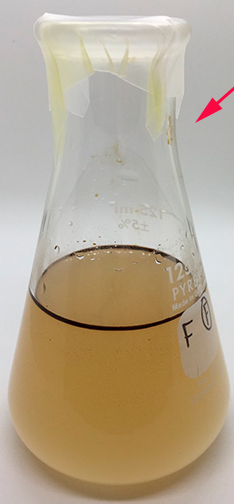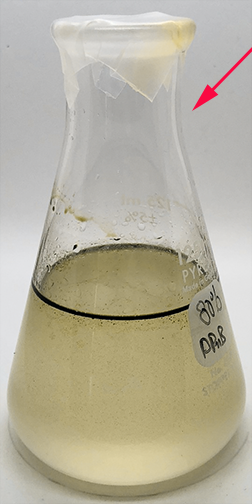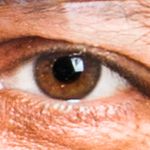- Home
- Photoshop ecosystem
- Discussions
- How to adjust brightness (and other properties) to...
- How to adjust brightness (and other properties) to...
Copy link to clipboard
Copied
Hi,
Let me explain a little further. I have been taking photos of vials (I am a researcher) with my iPhone 6. Recently, I upgraded my phone to the iPhone X and as a result, the newer photos look different (darker) than the older photos. I used the same photo box while taking the old and new photos so both photos were subjected to the same amount of light. My goal is to compare the vials to see the difference in the solution color (within the vial) but in order to compare them accurately (simply by visual observation) the photos (both old and new) need to have the same background/contrast. Is there a tool that can do this for me, something like a format photo tool (similar to the format tool in excel for cell format between two different cells)? Or is this going to be a manual adjustment of the individual photo properties? Is there another method that I could use?
If I haven't been clear enough or you need me to articulate further, I will be glad to. Thanks again for your help!
 1 Correct answer
1 Correct answer
Without seeing a sample of both the old and new images, I assume that the variation is one of tonal scale and not of color shift. I also assume the objects are not exact in size. If that is correct, and there is a common object and exact location in both images, a Curves correction may do the job. But to alter tone without affecting color, it would be prudent to not to use RGB were tone and color are combined. Rather:
.
1. Load the Phone 6 image and change the Mode to Lab Color
2. Use the Color Sa
...Explore related tutorials & articles
Copy link to clipboard
Copied
Without seeing a sample of both the old and new images, I assume that the variation is one of tonal scale and not of color shift. I also assume the objects are not exact in size. If that is correct, and there is a common object and exact location in both images, a Curves correction may do the job. But to alter tone without affecting color, it would be prudent to not to use RGB were tone and color are combined. Rather:
.
1. Load the Phone 6 image and change the Mode to Lab Color
2. Use the Color Sample tool to note a point to be used for exact reference in both images. Note the L value in Info Panel.
3. Load the X Phone image and change the Mode to Lab Color
4. Use the Color Sampler tool to note the identical reference point in the image.
5. Choose Image > Adjustments >. Curves.
6. Cmd click on the reference point in the image. A marker will appear on the curve
7. While looking at the Info panel, use the North/South keycard arrows to bend the curve to match the Phone 6 value
The exposures should now match. Change the mode back to RGB
Copy link to clipboard
Copied
Thank you so much! I will try this and let you know! Here is an example of the new (top; lighting looks darker) vs new (bottom; lighting looks lighter) photos (no editing). Do you still recommend your above procedure? Thanks again!
Copy link to clipboard
Copied
Do you still have your iPhone 6?
If so, calibrate you “measurement” system! As a scientific you surelly know, that taking measurements with uncalibrated tools results in unreliable findings.
Calibration is best done with grey cards or X-rite cards.
If you do not have your iPhone 6 anymore and there is no iPhone 6 available, then Normans way to proceed is best.
Just a last remark: there may also be differences between cameras of the same model, or in case of iPhones, between OS versions.
Copy link to clipboard
Copied
Thank you for the thought! I do not have the old iphone anymore and I know.. huge oversight with the different camera; however, fortunately this is only a qualitative assessment and not quantitative. But I want the qualitative assessment to be as accurate as possible; therefore, making the photos as similar as possible (comparing apples to apples vs apples to oranges).
Copy link to clipboard
Copied


Jay, a close look at the files showed that there was some color mottling in the X version. As a result a small adjustment in the Lab a and b channels were warranted. Took a minute. This is the result. Changing the curves in the a and b are minor if you are familiar with Lab. The a read zero and the b read 2. The a should be a horizontal line across the middle of the curve. The b is a vertical tweak of the light endpoint. The red arrows indicate the Color Sampler locations.
(Note: Based on this single sample it is reckless to assume an informed decision but I will risk it. I declare the 6 camera superior to the X for this work. You bet.)
Copy link to clipboard
Copied
Great, thanks Norman! I will do my best to replicate your method. Thanks again!

